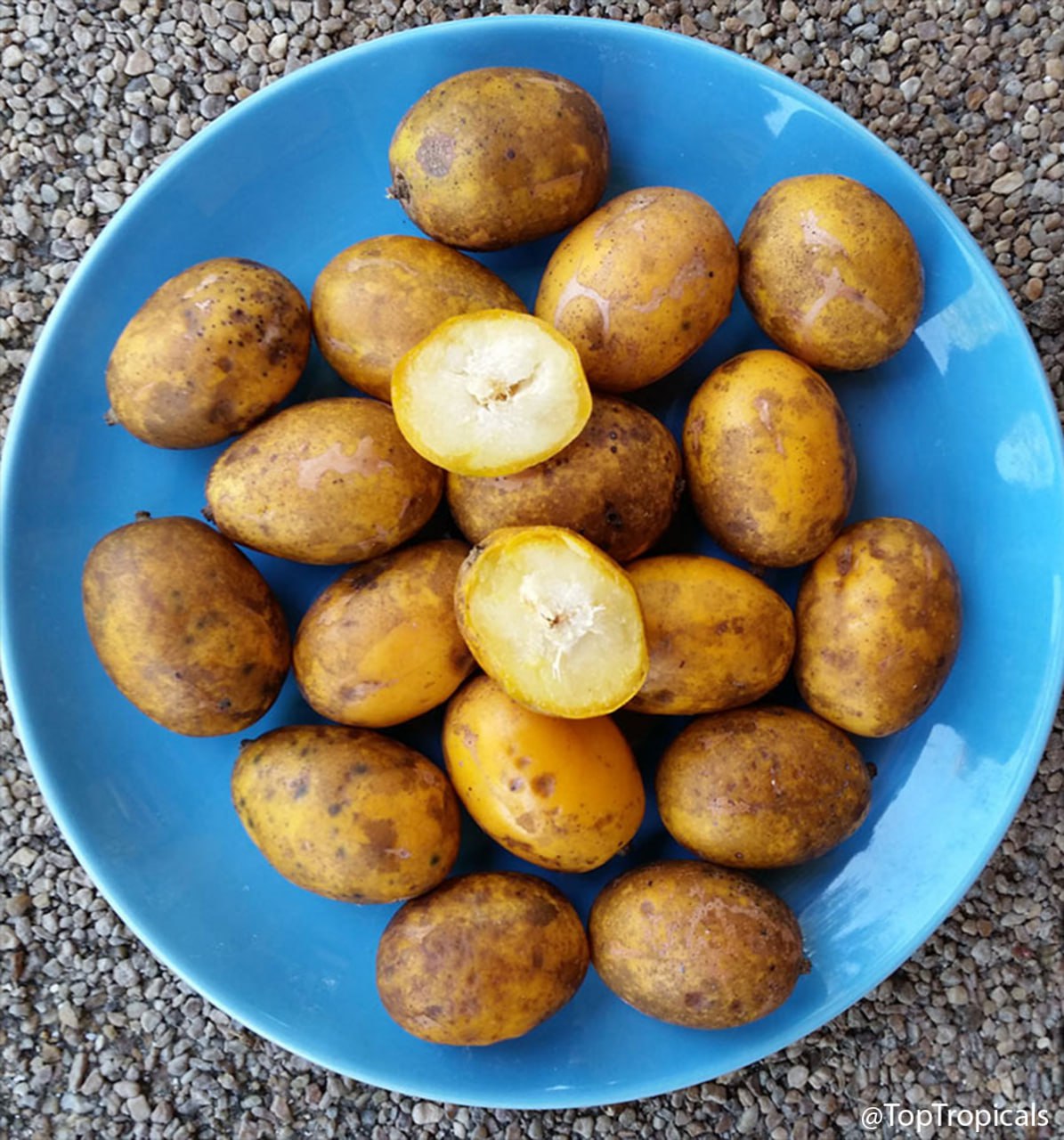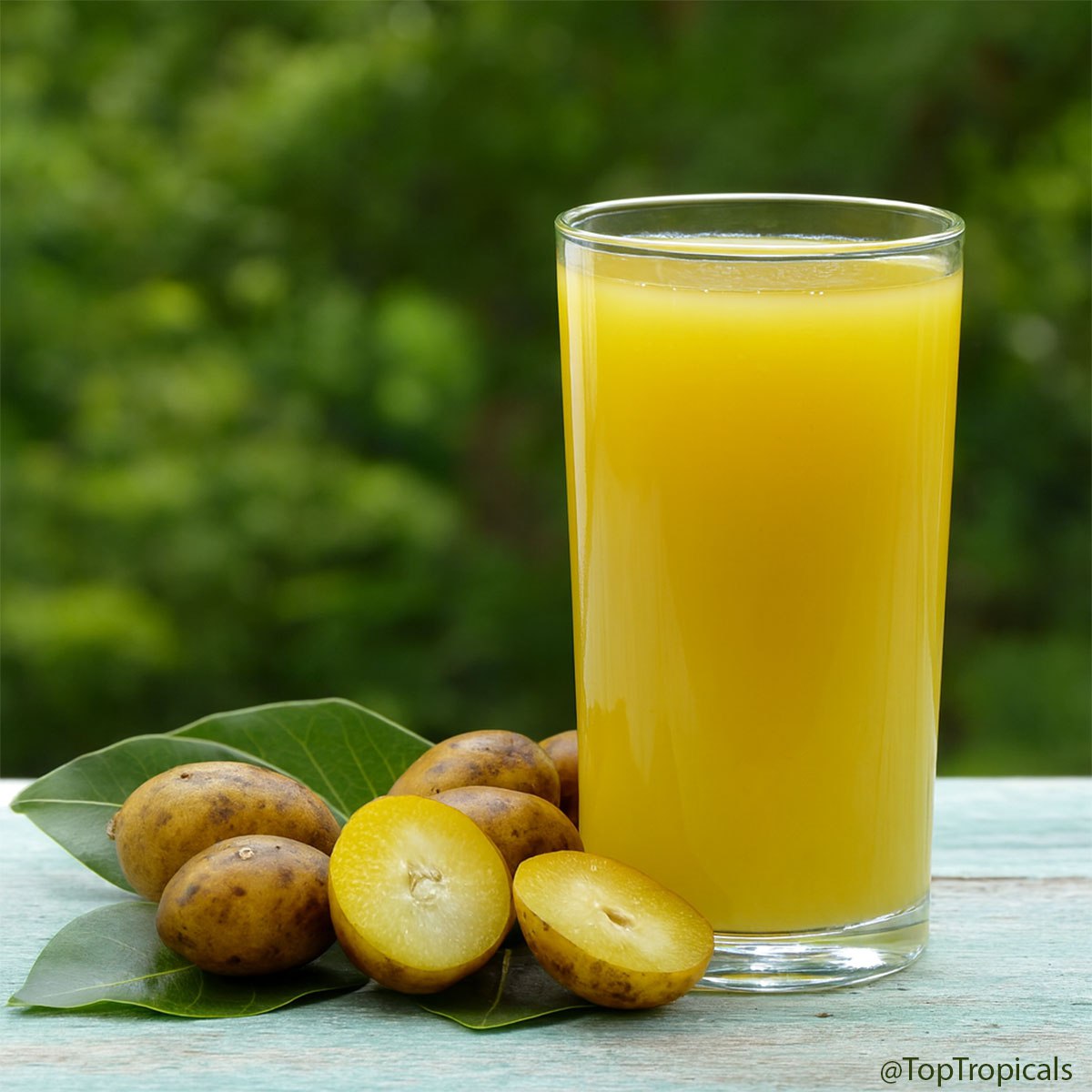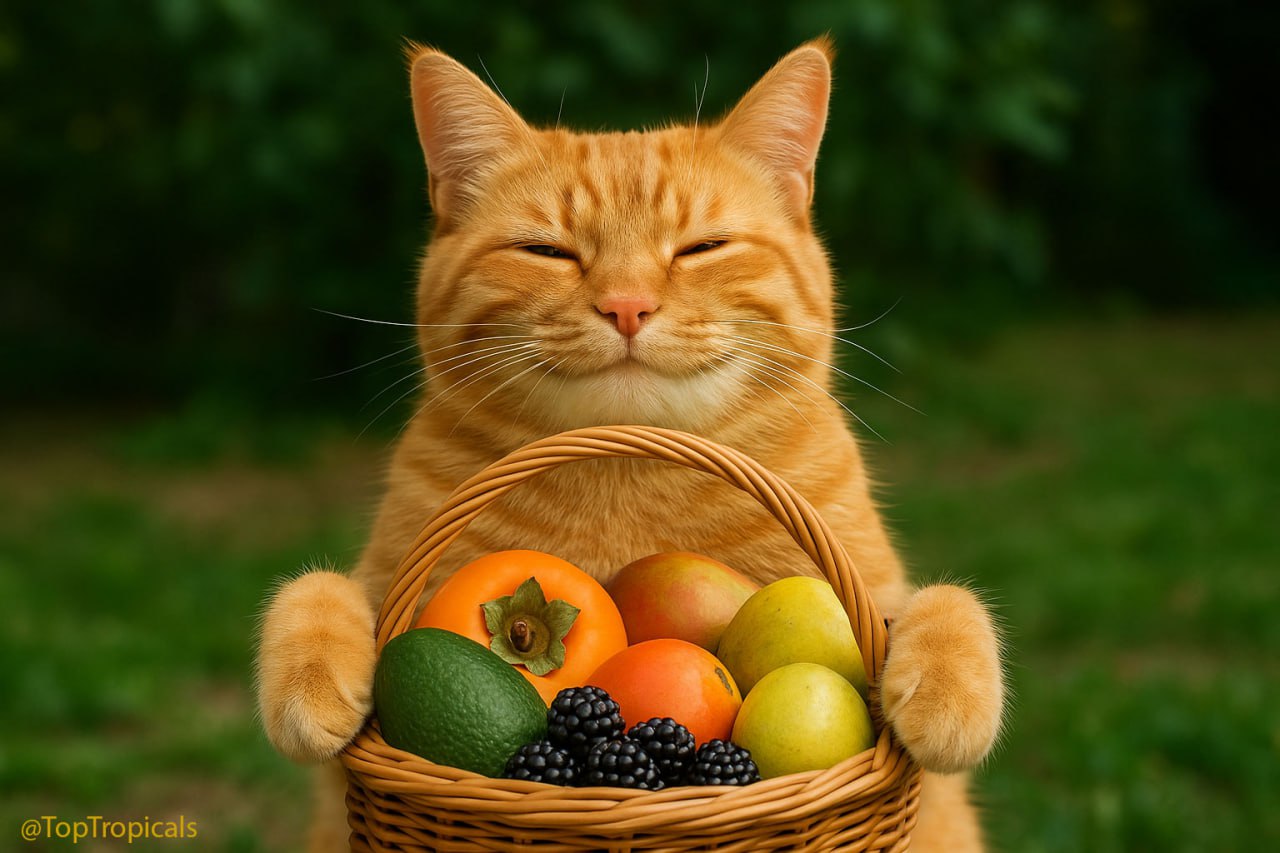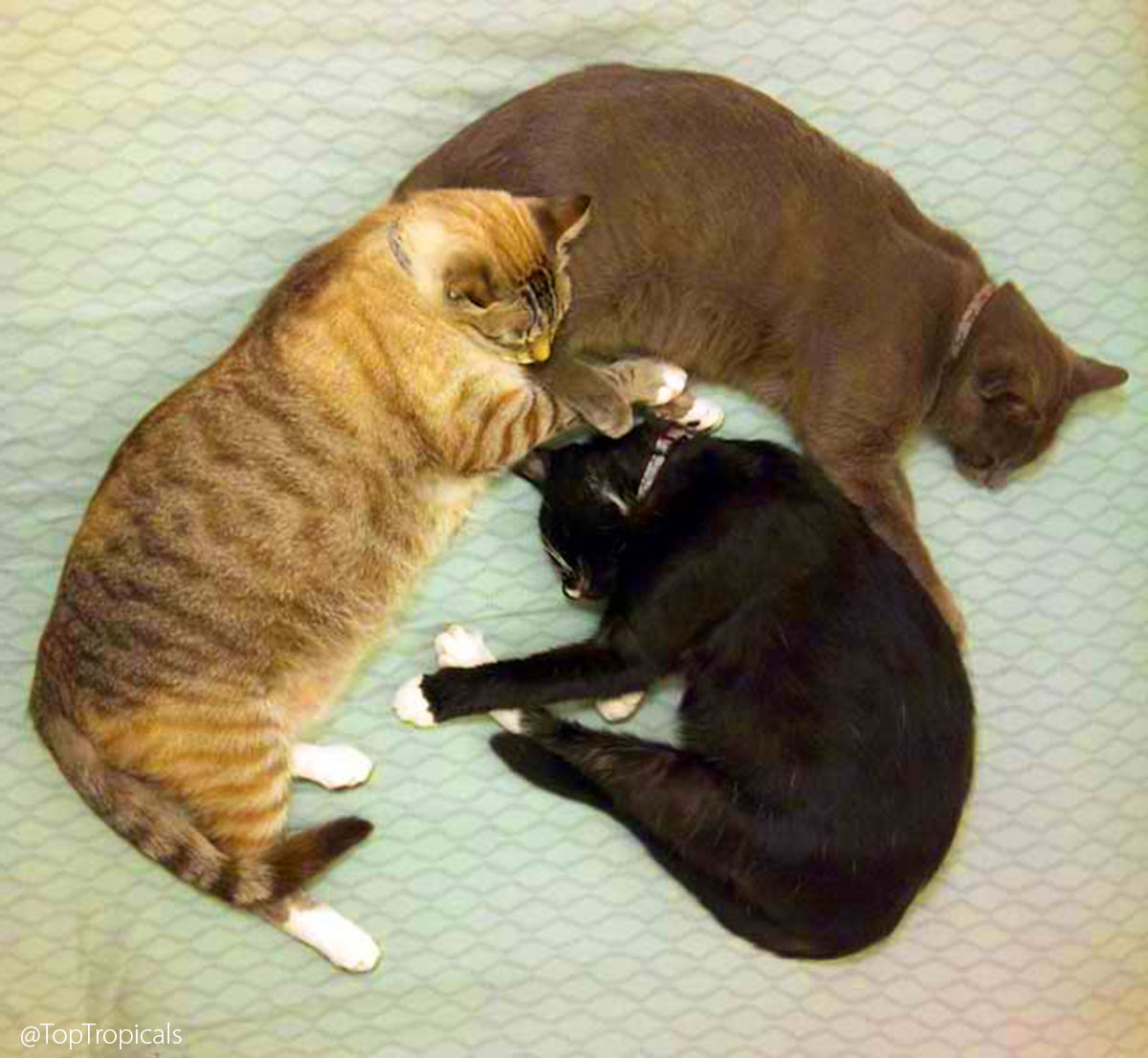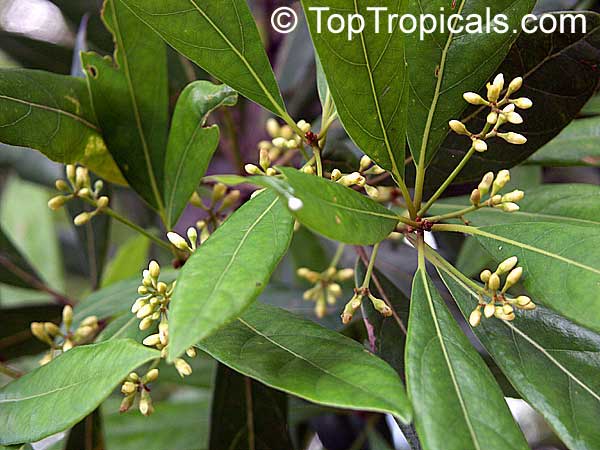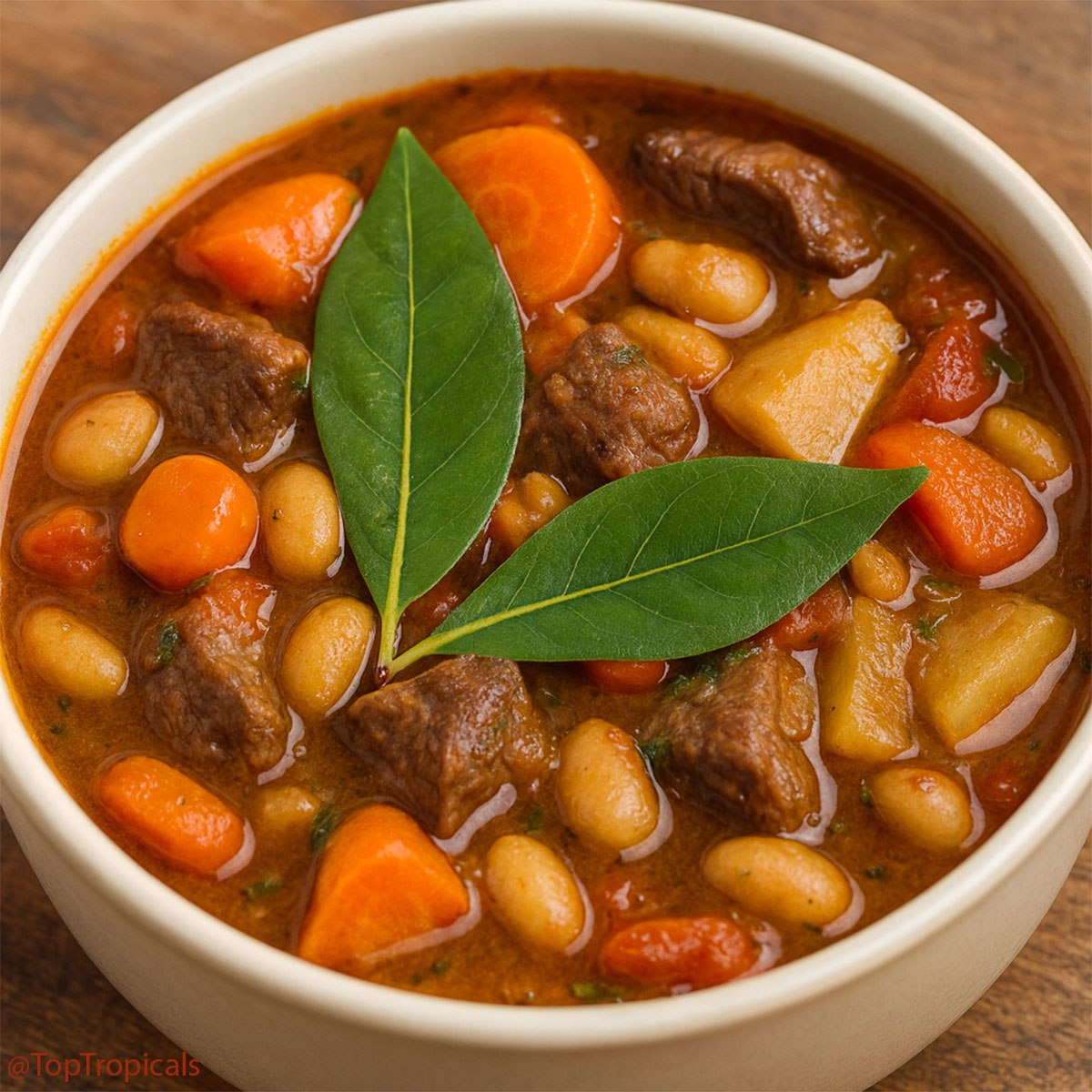Garden Blog - Top Tropicals
June plum juice: quick-n-fun exotic recipes
- 🟡Blend June plums with ginger, sugar, and water.
- 🟡Tangy, spicy, and super refreshing.
🛒 June Plum will fruit year around in your garden
📚 Learn more:
- ▫️What fruit tree is full of fruit year around
- ▫️How June plum can "fruit itself to death": look at this heavy load!
#Food_Forest #Recipes
🟢 Join 👉 TopTropicals
When attack is the least expected
Cats Jim the II and Serge
Unexpected intrusion in private life...
🐈📸 Cat Jim the II and his unexpected intruder Serge at TopTropicals PeopleCats.Garden
#PeopleCats
🟢 Join 👉 TopTropicals
Fruits with the most vitamin E, according to dietitians
- 🔛 Vitamin E works as an antioxidant that helps fight inflammation throughout the body. While nuts and seeds top the charts, some fruits quietly add their share to your daily needs - especially when eaten with a bit of healthy fat. According to New York City Nutrition, vitamin E anti-inflammatory action supports heart, brain, and skin health.
- 🔛 Vitamin E is a fat-soluble vitamin that acts as an antioxidant, meaning it fights inflammation in the body. Because of this anti-inflammatory role, vitamin E is beneficial for immune health, heart health, eye health, brain health, and skin health.
- 🔛 Adults need about 15 milligrams a day, according to the National Institutes of Health. Deficiency is rare, but it’s smart to get vitamin E from a variety of foods. Fruits alone don’t provide large amounts, but they can complement vitamin-E-rich foods like almonds or sunflower seeds.
- 🔛 Since vitamin E needs fat for absorption, pair fruit with something creamy or crunchy - like yogurt, olive oil, nuts, or seeds - for best results.
- 🔛 Here are some fruits that naturally offer vitamin E:
- 🍊 Sapote 1 cup = 3.7 mg vitamin E. A tropical favorite with rich orange flesh and a flavor somewhere between pumpkin pie and sweet potato, with hints of honey and almond, Sapote is great fresh, blended in shakes, or scooped over ice cream. It also packs calcium, iron, potassium, and vitamins A and C.
- Blackberries 1 cup = 1.7 mg vitamin E. Deep color, bold flavor, and plenty of antioxidants, Blackberries are high in fiber and low in calories. Dietitian Keri Glassman calls them her top fruit for fighting inflammation.
- Mango 1 cup = 1.5 mg vitamin E. The “king of fruits” brings more than tropical sweetness, Mango supports digestion, helps you feel full longer, and delivers both vitamin A and E in one juicy package.
- 🍉 Guava 1 cup = 1.2 mg vitamin E. This fragrant fruit has a flavor that lands between strawberry and pear, Guava is also one of the highest-fiber fruits and surprisingly rich in protein for a fruit.
- 🍑 Persimmon 1 fruit = 1.2 mg vitamin E. An autumn favorite that looks like an orange tomato but tastes sweet and mellow, Persimmons are rich in vitamins A and C and make a colorful, fiber-filled snack or dessert.
- Avocado 1 fruit = 0.9 mg vitamin E. Creamy, mild, and versatile, Avocado’s healthy fats help your body absorb vitamin E while protecting heart health. Try it on toast, in salads, or as a smooth butter substitute in baking.
🛒 Plant more remedies in your food forest
📚 Learn more:
- ▫️Plant a fruit tree - and breathe easier: fruit might be the surprising key to healthier lungs
- ▫️11 tropical fruits to eat instead of taking a fiber supplement
- ▫️Tropical fruit health benefits guide - what fruit and edibles can help with health issues and vitamin deficiencies, Part 1 and Part 2.
- ▫️Five best fruit trees to plant in Summer
- ▫️10 best fruit trees to grow in Florida and Southern landscapes
- ▫️Top 10 fruiting plants you'll ever need for your health benefits
#Food_Forest #Remedies #Discover
🟢 Join 👉 TopTropicals
Color of understanding
"Between black and white lies all the color of understanding."
🐈📸 Cats Mishka, Tim and Chief at TopTropicals PeopleCats.Garden
#PeopleCats #Quotes
🟢 Join 👉 TopTropicals
Youll never guess what flower it is!
Golden Rain - variegated Tabernaemontana
- ✨ If you think you’ve seen every tropical shrub out there, meet Golden Rain - a rare variegated Tabernaemontana that instantly steals the show.
- ✨ What makes it special:
- ✨ How to grow it:
- ✨ Why you’ll love it:
The leaves are a work of art – green with golden or silvery streaks that shimmer in sunlight. The white, fragrant flowers appear in clusters, adding perfume to its beauty. Compact and rounded, it’s perfect for containers or small gardens. And it’s flexible too – thriving in both full sun and partial shade.
Give it bright light, well-draining soil, and regular watering with brief drying between. It’s tropical-friendly, so protect it from frost. In zones 9 and up, it’s easy to grow outdoors. Place it somewhere visible – the golden foliage deserves attention.
Because it’s rare. Because it smells amazing. Because those leaves look like they’ve been brushed with sunlight. Golden Rain is one of those plants that makes everyone stop and ask, "What is THAT?"
🛒 Get your own Golden Rain before it's gone
#Perfume_Plants #Hedges_with_benefits #Container_Garden
🟢 Join 👉 TopTropicals
Allspice leaf stew: quick-n-fun exotic recipes
- 🟢Simmer fresh allspice leaves with meat, beans, and vegetables.
- 🟢Adds a deep clove-cinnamon flavor without any powder.
🛒 Your own Allspice Tree keeps ultimate spice handy
📚 Learn more:
- ▫️What spice comes from the small dried flower buds of a tropical tree?
- ▫️What tree will produce for you right away?
#Food_Forest #Recipes
🟢 Join 👉 TopTropicals
Date:
♥️ Honoring Veterans Day with Garden Savings

Veterans Day is a time to honor those who served and protected our country. To show our gratitude, we are offering special discounts on plants, fertilizers, and garden supplies. It’s the perfect chance to add something new to your collection while celebrating those who made it possible for all of us to enjoy the peace of our gardens.
Celebrate Veterans Day with 20% OFF your entire order – our way of saying thank you.
Get 15% OFF tropical plants with code
VETERANS2025
Min order $100 (excluding S/H), valid online only, cannot be combined with other offers and not applicable to existing or past orders.
Hurry, offer expires November 15 2025!
Date:
❄️ How to Prepare Your Tropical Garden for Winter

Smokey and Sunshine Wrap Up the Garden with Frost Cloth Before the Chill.
Smokey: "Thermometer says 45. Time to wrap the bananas!"
Sunshine: "You wrap the bananas. I’ll guard the mulch… from this
sunny spot."
Smokey: "Teamwork, Sunshine. Teamwork."
🌡️ Cold nights are coming - but your tropicals do not need to shiver!
Even in sunny Florida and other warm zones, one cold snap can undo months of growth. Preparation is everything. Tropical plants can handle a lot, but they dislike surprises. Let’s make sure your garden stays safe, strong, and happy all winter long.
Tips from Tatiana Anderson, Top Tropicals Plant Expert
👉 Group and Check Your Plants
You already know which plants are in pots and which are in the ground. What matters now is prioritizing by cold sensitivity. Identify the tender tropicals – papaya, banana, plumeria, adenium, heliconia – and decide which ones get covered first when temperatures drop. Keep frost cloths or old sheets near those areas, ready to grab fast. If your garden is large, label protection zones or mark plants that always need extra care. The goal is to have a plan, not a panic, when the cold alert hits.
Once you know your priorities, you can plan the rest of your protection strategy.
👉 Feed and Mulch
Stop using high-nitrogen fertilizers by late fall. They push soft new growth that freezes easily. Add compost around the base of your plants and top with 3 to 4 inches of mulch. Mulch acts like a blanket: it keeps warmth in, protects the roots, and keeps soil moisture steady. Just make sure the soil drains well; cold and soggy soil leads to root rot. In raised beds, check that water flows away easily.
After you feed and mulch, it is time to look at how your local zone changes the game.
👉 Zone-by-Zone Tips
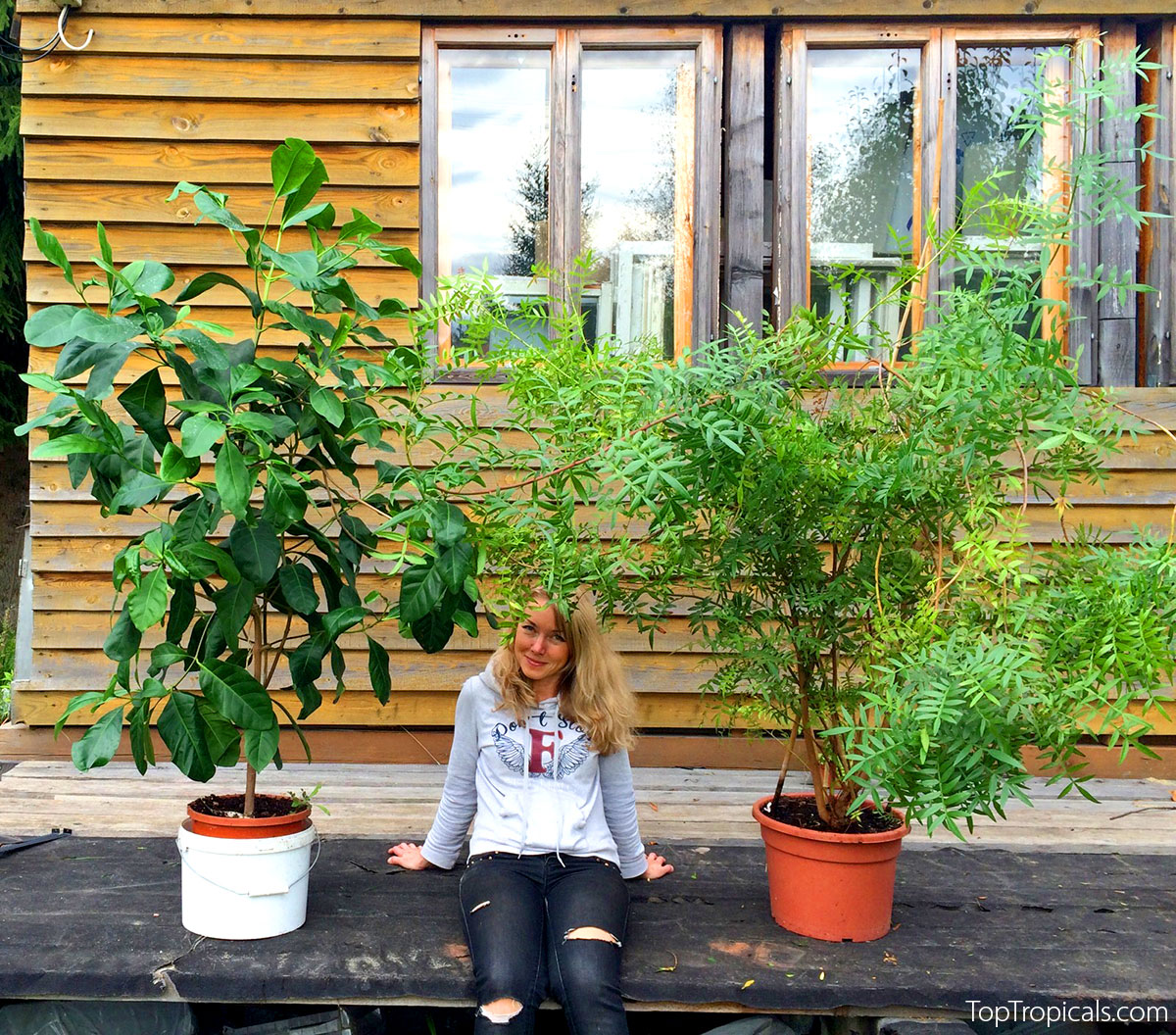
Moving Tropical Plants Indoors for Winter Protection
- Zone 10: You are lucky! This is mostly a maintenance season. Watch for root rot after heavy rain, trim lightly if needed, and protect tender young trees during surprise chills. Keep some frost cloth ready just in case.
- Zone 9: This is the main action zone. Nights can dip into the 30s. Deep-water your trees once before cold nights to insulate the roots. Apply heavy mulch, and have frost protection ready to go. If you grow tropical fruit like mango or guava, consider wrapping young trunks in burlap or foam pipe insulation.
- Zone 8: This is where tropical gardening becomes creative. Stick to cold-hardy tropicals such as loquat, guava, or cold-hardy avocado varieties. Use portable greenhouses, wrap trunks, and move smaller plants indoors or to a heated porch when frost threatens.
Now that the garden beds are set, let’s look at your pots and containers – your most mobile plants.
👉 Container and Patio Plants
Potted plants are the easiest to protect but also the quickest to freeze. Start reducing watering now so roots do not stay too wet in cooler weather. Before moving them, check for insects hiding under leaves or in the soil. Group your pots close to a wall for reflected heat and wind protection. If you plan to bring them indoors, do it gradually. Move them closer to the house for a few days before bringing them all the way inside to help them adjust to lower light and humidity.
When the chill starts, many gardeners rush to move everything inside at once – but a smooth transition works much better.
👉 Indoor Plants
When bringing plants inside, give them a good rinse to remove dust and bugs, and flush the soil to wash out salts from summer fertilizing. Keep them separate from your houseplants for a week to make sure no pests come along. Expect some leaf drop – it is normal as they adjust to lower light. Give them bright light near a window, and cut watering by about half until spring. Avoid misting too much; good airflow matters more than humidity during winter.
Many tropicals, like hibiscus, brugmansia, and crotons, may look tired for a while, but they will bounce back quickly once days get longer.
👉 Timing Is Everything
The key is to prepare before the first cold warning. Check your weather app regularly once nights start dropping into the 50s. Keep covers, mulch, and supplies ready so you are not running outside at midnight with a flashlight and a frozen hose. Have your frost cloths labeled by plant group and stored in an easy spot. A little organization now saves a lot of stress later.
Many tropicals, like hibiscus, brugmansia, and crotons, may look tired for a while, but they will bounce back quickly once days get longer.
Remember: the goal is to help your plants rest safely. Many gardeners prune or fertilize too late in the season – we will talk about why that can be risky next week." — says Tatiana Anderson, Top Tropicals Plant Expert
Coming next mail-list: The best gadgets for cold protection (lights, heaters, frost covers) and what NOT to do in winter.
📚 Learn more from Top Tropicals Blog:
Cold protection - winter action for your plant collection
What plants are good to order in Winter?
How to take care of house plants in Winter
How to protect tropical plants in Winter
How to take care of a mango tree in winter
How to protect Avocado from cold
Overwintering Adeniums outside of tropics

Protecting Tropical Plants with Frost Covers at Top Tropicals Nursery
Watch how this cat fixed the refrigerator
James Coconuts, the Boss Cat
"The important thing is not to stop questioning. Curiosity has its own reason for existing." - Albert Einstein
"Curiosity may have killed the cat, but satisfaction brought him back." - Old English proverb, the original, more hopeful version
🐈📸 James Coconuts, the Boss Cat , exploring options of electrical wiring at TopTropicals PeopleCats.Garden
#PeopleCats #Quotes
🟢 Join 👉 TopTropicals
Edible cactus with health benefits that your tortoise will love too

Opuntia cochenillifera - Velvet Nopal Cactus, Nopales, Prickly Pear, leaves and flower

Opuntia cochenillifera - Velvet Nopal Cactus, Nopales, Prickly Pear, leaves
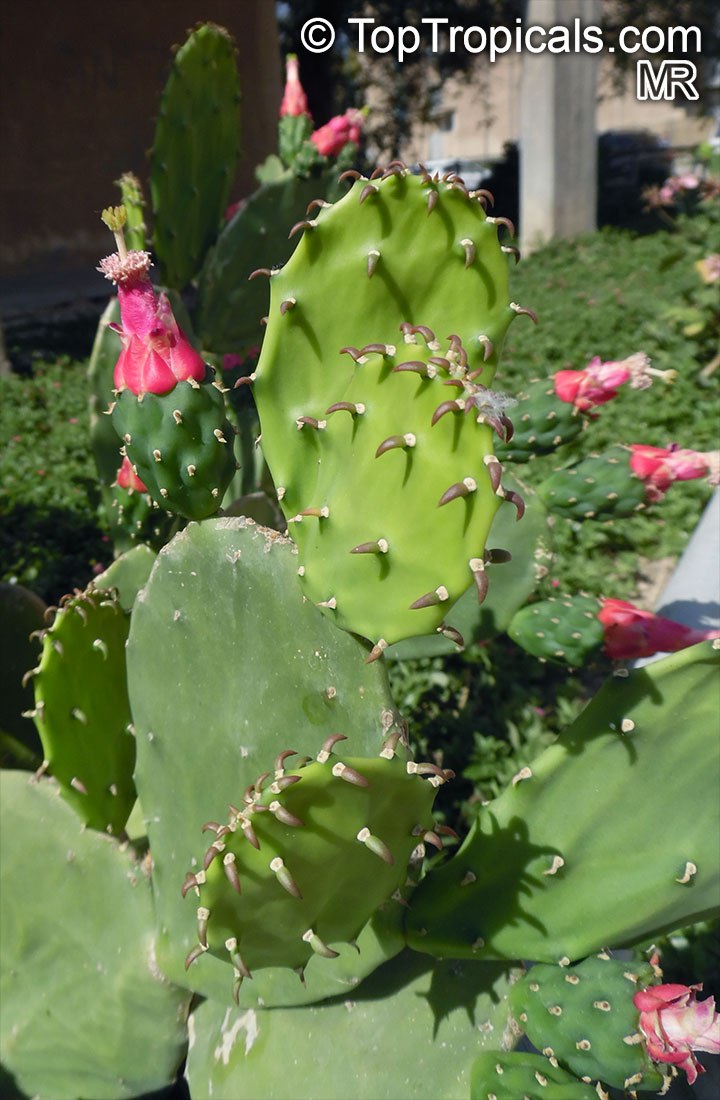
Opuntia cochenillifera - Velvet Nopal Cactus, Nopales, Prickly Pear, leaves and flowers
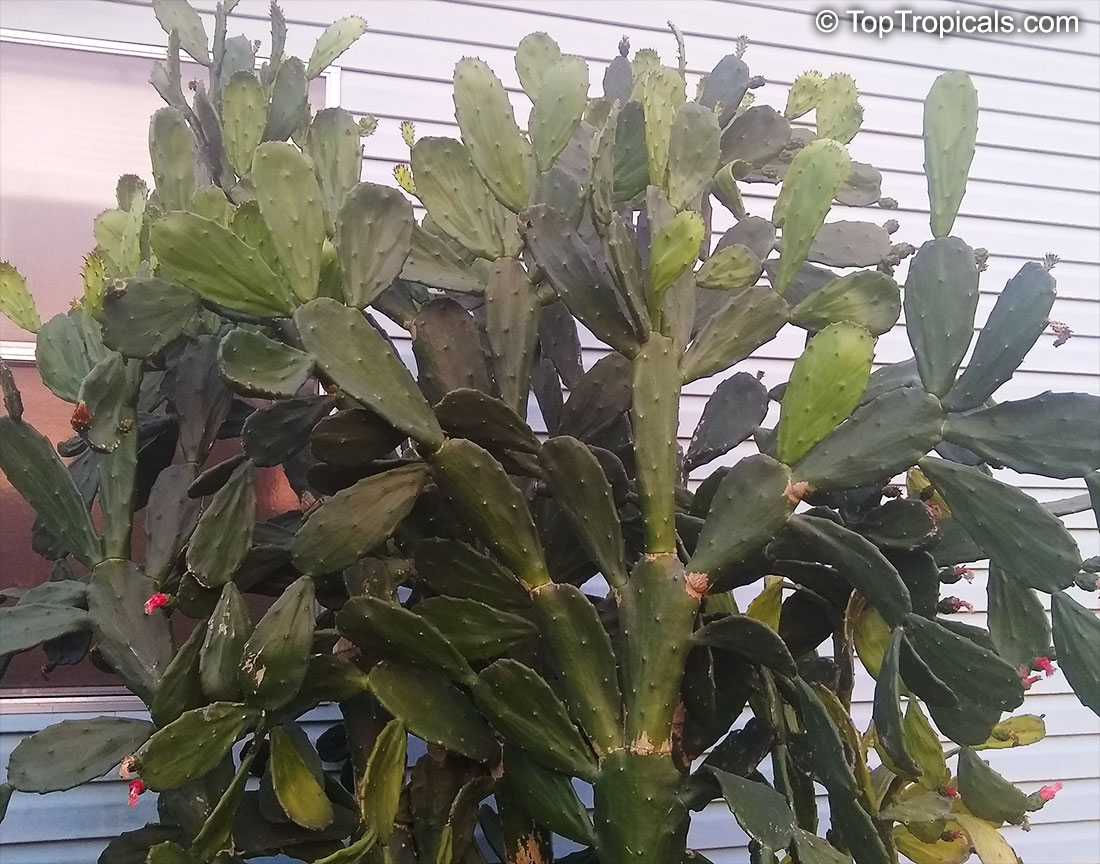
Opuntia cochenillifera - Velvet Nopal Cactus, Nopales, Prickly Pear, large plants
- 🌵 Opuntia cochenillifera - Velvet Nopal Cactus, Nopales, Prickly Pear - is one of the most useful and forgiving cactus species you can grow. Unlike most desert cacti, this one thrives even in humid tropical climates like Florida, making it one of the few rain-tolerant cacti that actually loves moisture. Fast-growing and ornamental, it produces bright red flowers and makes a beautiful, low-maintenance landscape plant that thrives in heat, drought, and even neglect.
- 🌵 Prickly Pear is a very valuable edible, used as a vegetable with impressive medicinal properties. The young pads, called nopales, can be stir-fried or sauteed with onions and garlic for a tangy, nutrient-rich side dish.
- 🌵 In Hispanic cooking, this plant is known simply as Nopal or Nopales – a traditional ingredient used in dishes like ensalada de nopales (nopal salad), nopales con huevo (eggs with cactus), and nopales asados (grilled cactus).
- 🌵 Regularly eating Nopales has been linked to improved blood sugar control, and many people who include it in their diet report significant help in managing diabetes.
- 🌵 Nopales is also a favorite treat for tortoises and other herbivorous pets. Its smooth, spineless pads are packed with hydration and nutrients, making it a safe, natural food source.
- 🌵 So, this is not just a cactus - it’s a food, medicine, and ornament all in one. Tough, beautiful, and endlessly useful!
🛒 Plant your own food and pharmacy Nopales
#Food_Forest #Remedies
🟢 Join 👉 TopTropicals
